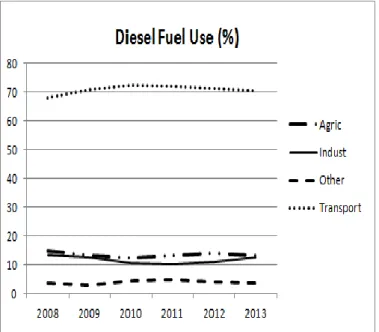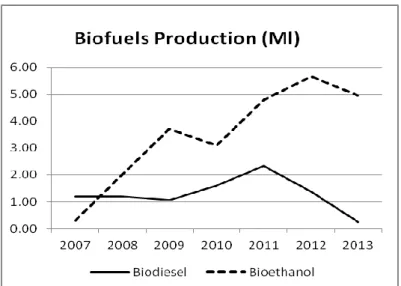Avenues to sustainable road transport energy in New Zealand
Full text
Figure



Related documents
In terms of climate policy to reduce transport emissions, Australia proposes to develop a range of policies under a National Energy Production Plan (discussed below) to improve
In order to deliver competitive renewable energy products to the end-market, robust renewable energy supply chains (RESCs) are essential. Research is needed in two distinct types
Renewable energy based transport systems such as the battery electric vehicle (BEV), the fuel cell 299. vehicle (FCV) and the compressed biogas vehicle (CBV) have also been
To improve energy efficiency we can use conventional regulation to reduce market barriers and to impose environmental standards for fuel and vehicles, to provide
The assumption has been that the energy supply for both fuel and electricity is from a central- ized network, rather than generated at point of use, and the logical conclusion of
Positive factors include the fact that OTEC is a renewable resource without waste products or limited fuel supplies; the vast area in which it is available (within 20°
For national electricity production and supply, three large hydropower stations and thermal power plants remain the main sources, while renewable energy sources play no significant
In this perspective, a new energy sector has been designed into the Eurace model, by including an electricity market, power producers (renewable and fossil-fuel based) and a